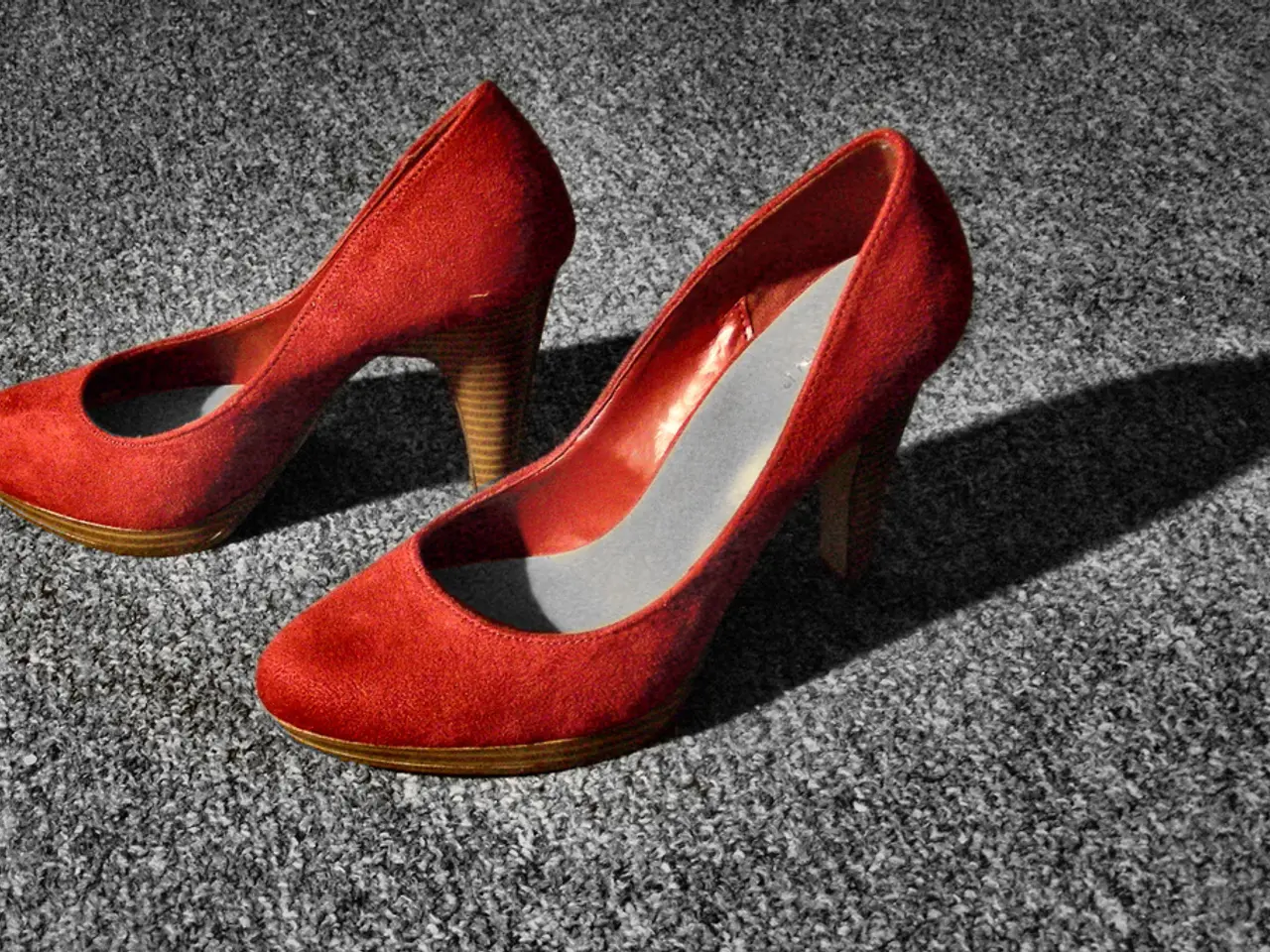Solutions for Toe Misalignment: A Guide
Small exercises and stretching can aid in maintaining foot mobility and circulation, helping to prevent toe deformities. However, many people may ignore misaligned toes until they cause discomfort. Incorrect footwear, especially shoes that are too tight and too short, can promote toe deformities such as Hammer Toe, Claw Toe, Hallux Valgus (Bunion), and Schneider Bunion.
Hammer Toe is commonly caused by long-term use of poorly fitting shoes, especially those with a narrow toe box or high heels that force toes into a bent position. Claw Toe, on the other hand, results from nerve damage, muscle imbalance, arthritis, trauma, genetics, or tight/ill-fitting shoes. In both cases, splints can also be used as a treatment.
Hallux Valgus and Schneider Bunion typically arise from mechanical imbalances and abnormal pressure on the big toe joint over time, often exacerbated by tight or narrow shoes that push the big toe toward the second toe. This misalignment causes the characteristic bump and can indirectly influence deformities in adjacent toes.
If toes are misaligned and causing discomfort, it's recommended to consult a doctor. Treatment for Hallux Valgus can include insoles and foot exercises up to a certain stage. For more advanced cases, surgery may be necessary. In a Schneider Bunion, the little toe tilts towards the inner side of the foot.
Genetic predisposition, accidents, and existing foot deformities such as flat feet can influence how the toes are positioned. Additional contributing factors for these deformities include medical conditions like rheumatoid arthritis, diabetes, connective tissue disorders, and inflammatory joint diseases that affect joint function and foot biomechanics. Trauma or injury to toes or foot joints can also cause abnormal alignment or joint instability.
To prevent toe deformities, it's essential to wear shoes that give the toes room to move and provide guidance. A grippy, non-slip sole and a stable heel counter are important for providing support when running, while a flat and flexible sole, allowing for natural rolling when walking, is desirable for foot support.
In summary, these toe deformities generally develop from a mix of mechanical stress (often from footwear), anatomical predisposition, trauma, and underlying medical conditions affecting foot structure and function. By being mindful of our footwear choices and maintaining a healthy foot care routine, we can help prevent these common toe deformities.
References: [1] Thomas Schneider, Orthopedist at the Gundelfingen Joint Clinic, discusses toe deformities. [2] American Academy of Orthopaedic Surgeons. (n.d.). Claw Toe. Retrieved from https://orthoinfo.aaos.org/en/diseases--conditions/claw-toe/ [3] American Orthopaedic Foot & Ankle Society. (n.d.). Hammertoe. Retrieved from https://www.aofas.org/footcaremd/patient/diseases/conditions/H/Hammertoe.html [4] American Podiatric Medical Association. (n.d.). Hammertoe. Retrieved from https://www.apma.org/Learn/FootHealth.cfm?ID=152 [5] American Orthopaedic Foot & Ankle Society. (n.d.). Hallux Valgus. Retrieved from https://www.aofas.org/footcaremd/patient/diseases/conditions/H/Hallux-Valgus.html
- Incorporating science-driven workplace-wellness programs that emphasize foot health and proper footwear can help prevent toe deformities and promote overall health-and-wellness.
- A holistic approach to foot care should also include mental-health considerations, as stress and anxiety can exacerbate foot problems and affect the healing process.
- Consistent skin-care routines that focus on moisturizing and protecting the feet from harsh environments can help maintain foot health and reduce the risk of toe deformities.
- As a part of a comprehensive health-and-wellness strategy, focusing on nutrition, exercise, and therapies-and-treatments tailored to individual needs can further support foot health and prevent toe deformities.




